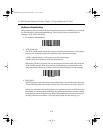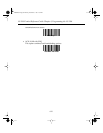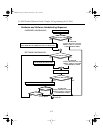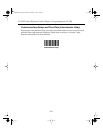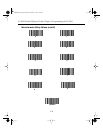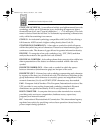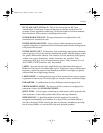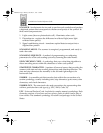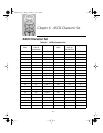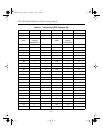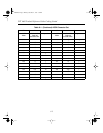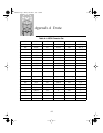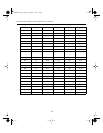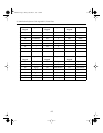
5-4
LS 1000 Series Product Reference Guide
SCANNER - An electronic device used to scan bar code symbols and produce
a digitized pattern that corresponds to the bars and spaces of the symbol. Its
three main components are:
1. Light source (laser or photoelectric cell) - illuminates a bar code.
2. Photodetector - registers the difference in reflected light (more light
reflected from spaces).
3. Signal conditioning circuit - transforms optical detector output into a
digitized bar pattern.
SCANNING MODE - The scanner is energized, programmed, and ready to
read a bar code.
SCANNING SEQUENCE - A method of programming or configuring
parameters for a bar code reading system by scanning bar code menus.
SELF-CHECKING CODE - A symbology that uses a checking algorithm to
detect encoding errors within the characters of a bar code symbol.
START/STOP CHARACTER - A pattern of bars and spaces that provides the
scanner with start and stop reading instructions and scanning direction. The
start and stop characters are normally to the left and right margins of a
horizontal code.
SYMBOL - A scannable unit that encodes data within the conventions of a
certain symbology, usually including start/stop characters, quiet zones, data
characters, and check characters.
SYMBOLOGY - The structural rules and conventions for representing data
within a particular bar code type (e.g. UPC/EAN, Code 39).
UPC - Universal Product Code. A relatively complex numeric symbology. Each
character consists of two bars and two spaces, each of which can be any of
four widths. The standard symbology for retail food packages in the United
States.
coverBook Page 4 Monday, December 1, 1997 2:19 PM



